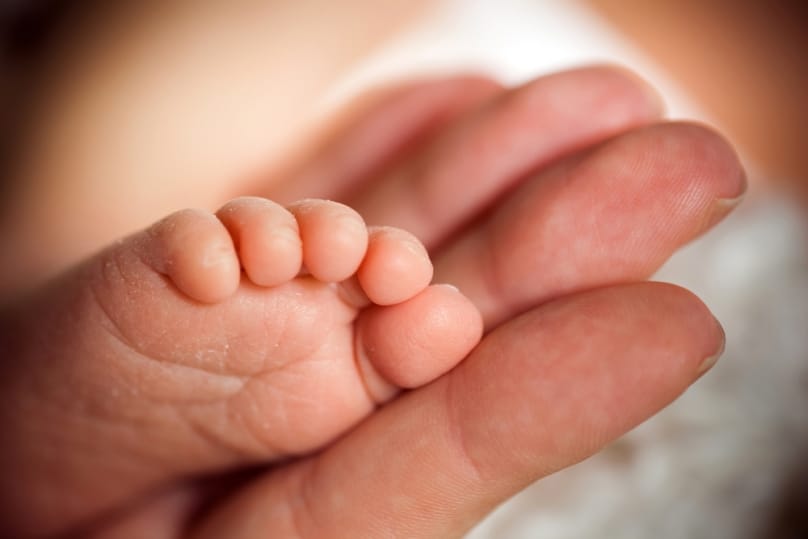
A few weeks ago, Britain’s Human Fertilisation and Embryology Authority (HFEA), which regulates IVF, embryonic stem cell research and other practices dealing with the beginning of life, had decided to permit the “gene editing” of human embryos.
The ruling came after an application by researcher Kathy Niakin, a scientist working with embryonic stem cells at London’s Francis Crick Institute, to conduct the research on “spare” donated embryos after IVF treatments.
Under the terms of the authority’s decision, the genetically modified embryos will not be permitted to live longer than 14 days, and are not to be implanted into a womb.
So no live births of modified humans will be allowed.
Nor is it the desire of the researcher that this occur. Ms Niakin hopes that the research will allow her to investigate why so many women struggle with infertility, and why so many suffer miscarriages. The idea is that there might be a way to edit the genes of a newly-formed embryo in such a way that its chances of viability improve.
In a sense, her ultimate goal is to promote life, not destroy it. But, like all embryonic stem cell research, it will involve destruction of human embryos. And we know that we may never do or condone an evil action, even in the hope that good may come of it.
That’s one side of the ethical debate on this new research.
But there are also concerns that because the same research techniques which have been approved for use by Ms Niakan can also be used to edit out “undesirable” genes and replace them, or tweaking the genes so that they are enhanced or muted, we are on a path to the creation of designer babies. The fear is that if the HFEA has so willingly approved this research, it won’t be too long before it approves the birth of genetically modified babies in the same way that we have genetically modified foods.
And even if it doesn’t go down this path, the success of the research could encourage other countries to try their hand at GM-babies. It is a further slide down the slippery slope of our experimentation with human life.
I agree with the arguments, and obviously oppose this type of research. But I am also a little struck by the irony of the outrage, which is coming from many sectors, and not just those of us who consider ourselves to be “pro-life.”
Many who are opposed to research involving gene editing are quite comfortable with pre-implantation diagnosis, in which embryos created using IVF are genetically tested and screened for “abnormalities” before they are implanted in a mother’s womb. Any embryos so affected are destroyed.
This is another form of “gene editing”. The only difference is that it involves the removal of the entire being, and not just the affected genes.
Many people who are opposed to research involving gene editing are also quite comfortable with abortion, particularly in the case of foetal illness or “abnormality”. We only need to look at how the Zika virus prompted fervent calls for the legalisation of abortion in Brazil.
Abortion of a baby diagnosed with a particular illness or condition is another form of “gene editing”. The difference is that you delete the whole child and not just the genes causing the illness.
We are kidding ourselves if we think that the HFEA ruling has put us on a path towards “designer babies.” We are already firmly entrenched in a society which encourages us to design the babies we want through a process of search and destroy.
There is no logical reason for a society which accepts these to draw the line at gene editing of embryos. The only way it is possible is with a generous helping of cognitive dissonance! Even so, and as much joy as we might take in pointing it out (instructing the ignorant is a work of mercy after all), I think there is a silver lining here. I think it is good news that there is some common ground, being that people believe there is a line which should not be crossed when it comes to human life.
If we are able to encourage and develop this instinctive understanding that there is intrinsic value to human life, and that it is not just another consumer good, we could see a turning back of some of the dangerous practices already being undertaken.
From a common vantage point, we might be able to invite others to consider the connection between gene editing and the screening of embryos for disabilities, and the associated pressure placed on mothers to abort children diagnosed with an “undesirable” genetic condition.
Maybe I’m being idealistic, but it’s worth a try!
